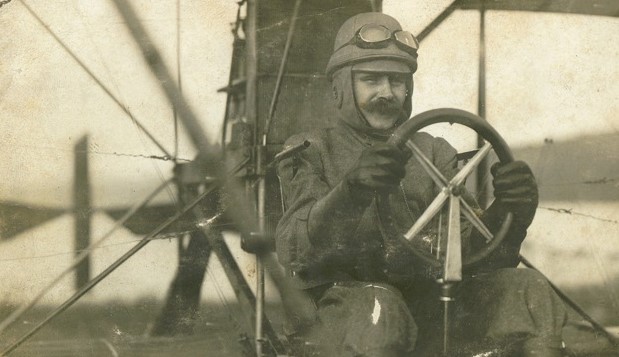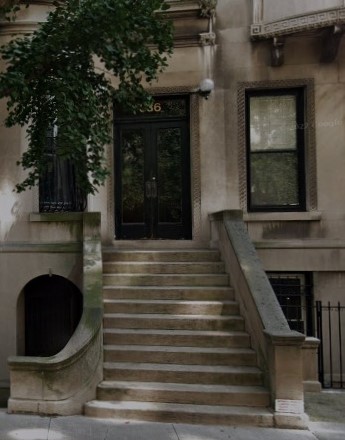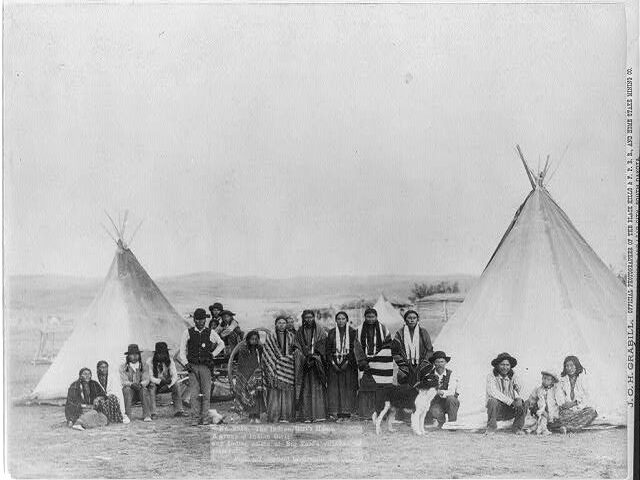{1934 – Harrisburg, Pennsylvania}
What if you could build a tower to prevent airplanes from flying over your property. As ridiculous as that may sound, Baron Bestecki did not think it was. Born as Zdzislaw Alexander Maximilian Von Bestecki in Poland into Polish nobility, he arrived in the United States after marrying American citizen Mary Ross, whom he had met while on a trek through Europe. Mary had inherited her family’s estate which included 100 acres in Harrisburg, Pennsylvania. But there was one major problem. With great regularity, airplanes would fly quite low over the land during takeoff and landing since the property adjoined The Capital Landing Field Company of Harrisburg Airport. Though it may have appeared to some to be more of a burden than a gift, Bestecki, a pilot himself, initially viewed it as an opportunity to sell the land to the airport. However, his positivity would soon change.

Bestecki set by offering the acreage to the airport for several hundreds of dollars. Surely they would pay the price to expand the airport’s growing air traffic. However, much to his chagrin, he was mistaken. They had no interest whatsoever. Not willing to take no for an answer, Bestecki decided to creatively show the airport company just how much they needed his land. In May of 1934, he built what he called ‘an observation tower.’ The eight-foot square, 154 foot high structure, complete with stabilizing guy wires extending in four different directions, created quite a hazard. Certainly the airport would now see the advantage of obtaining his land. However, once again he was fooled. The major user of the airport, T.W.A. (aka Transcontinental and Western Airways) began to forbid planes from landing at the airport and had Bestecki arrested for creating a nuisance.
Bestecki paid the $2,000 bail pending a trial set to take place the following Monday, but his troubles were only just beginning. Just before the trial took place, the huge structure collapsed during a windy rainstorm. While the community claimed it was providential fate, Bestecki claimed that it only fell because someone had cut the guy wires and he was determined to prosecute and rebuild. However, he quickly dropped the idea of prosecuting, refusing to pay the required fees, having determined that doing so would infer that he was guilty. Regardless, clearly his marketing tactics had clearly turned to malevolence.
Though Bestecki dropped his case, the case against him was moving forward. Nevertheless, politics infiltrated the judicial system, some wanting him to be accountable for the disruption of airport travel and others questioning whether perhaps he had the right to construct the tower. The case dragged on with several postponements as the community quibbled over whose rights should take precedence, and whether there was any law to support it. While things were being held up in court, Bestecki began building another tower, this one at 150-feet high complete with a guard to watch over it. Nonetheless, on 17 May 1934, he was charged and held in consideration of a grand jury hearing for criminal prosecution, initiated by William A. Reiter, the chief of the State bureau of Aeronautics of the Commonwealth of Pennsylvania in a legal complaint of Bestecki as a public nuisance.
Though there was quite an entourage of evidence brought against Bestecki by T.W.A. employees as well as the Harrisburg Chamber of Commerce and United State Department of Commerce, Bestecki had one thing in his favor. The law regarding public nuisance was quite broad and since it was passed in 1860, it did not specifically cover situations surrounding air transport which was causing much consternation and confusion. Less than a month later, as the process dragged on, the new tower caught fire, destroying Bestecki’s second attempt at disrupting air traffic over his property.
Hope was on the rise though when prior to the case being brought before a grand jury, negotiations between Bestecki and the Capital Landing Field Company took place to determine if they could reach an agreement on the potential rental of the property rather than the purchase of it. However, no agreement was reached. From that point the case against Bestecki was dropped since the charges against him did not apply and it appeared that Bestecki was no longer in the business of rebuilding. However, the idea that another tower builder might come along, in March of the following year, a bill was introduced by Senator Joe Ziezenheim of Erie, which made it a crime worthy of a $100 fine for anyone attempting to construct a tower within 500 feet of any Pennsylvania airport.



